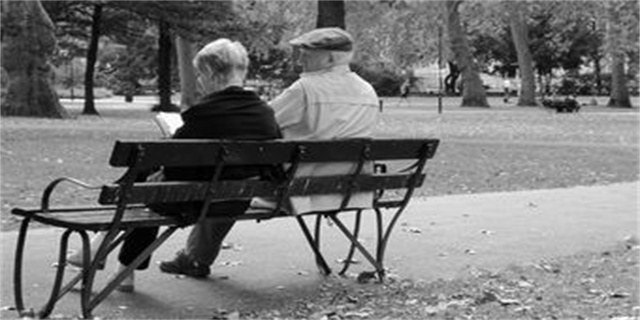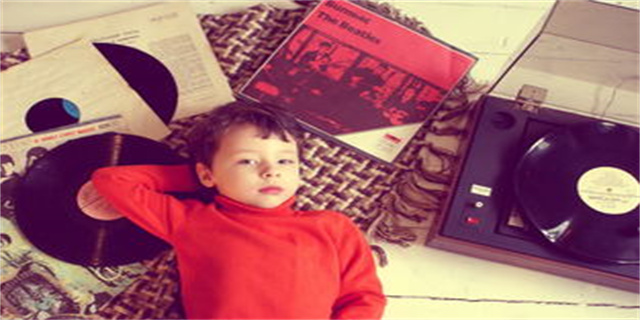Patience is a Virtue: The Art of Waiting
Waiting has become an inevitable part of our lives. Whether it is waiting in line at the grocery store, waiting for a promotion at work, or waiting for a loved one to arrive, we constantly find ourselves in situations where we must exercise patience. Although waiting can be frustrating and challenging, it is a skill that can be mastered. In this article, we will explore the importance of waiting, the benefits it brings, and strategies to make the waiting experience more bearable.
The Paradox of Waiting
Waiting, despite being seemingly unproductive, plays a significant role in our lives. It is during these moments of pause that we have the opportunity to reflect, relax, and recalibrate. While waiting, we can take a step back from the fast-paced nature of our daily routines and appreciate the present moment. It gives us a chance to appreciate the simple pleasures in life, such as observing the beauty of our surroundings or engaging in meaningful conversations with those around us. Waiting allows us to slow down and find solace in the stillness of the moment.

The Benefits of Patience
Patience is not only a virtue but also a valuable life skill. It teaches us self-control and the ability to delay gratification. In a world that constantly emphasizes instant gratification, patience stands as a counterbalance. When we exercise patience, we learn to savor the journey rather than solely focusing on the end result. This mindset not only reduces stress but also enhances our overall well-being. Research has shown that patient individuals are more likely to experience lower levels of anxiety and depression. Moreover, patience fosters better decision-making skills as it allows us to consider all possible options before taking action. It cultivates a sense of resilience and adaptability, enabling us to navigate through life's challenges with grace and composure.
Strategies to Master the Art of Waiting
While waiting can be challenging, there are strategies we can employ to make the experience more bearable. First and foremost, it is essential to reframe our perception of waiting. Instead of perceiving it as a waste of time, we can view it as an opportunity for personal growth and introspection. Engaging in activities such as reading a book, listening to music, or practicing mindfulness can make the waiting time more enjoyable and worthwhile. Additionally, maintaining a positive attitude and practicing gratitude can help shift our focus from the inconvenience of waiting to the blessings in our lives. Lastly, connecting with others while waiting can be incredibly valuable. Striking up a conversation with a fellow traveler or engaging in small talk with coworkers can create meaningful connections and make the waiting experience more enjoyable.

In conclusion, waiting is an art that requires patience, mindfulness, and a positive mindset. Embracing the waiting process can lead to personal growth, reduced stress levels, and improved overall well-being. By reframing our perception of waiting and employing strategies to make the experience more fulfilling, we can transform those moments of pause into cherished opportunities. Remember, patience is not just about enduring the wait; it is about making the most of it.







